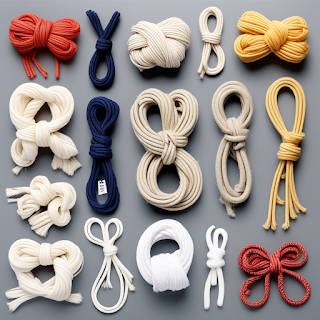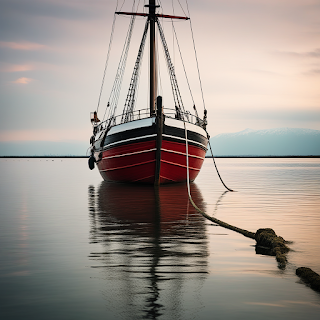What are basic knots in yachting?
Basic knots are fundamental and versatile knots that are commonly used in various applications, including boating, camping, hiking, and everyday tasks. Here are descriptions of some essential basic knots:
1. Square Knot (Reef Knot):
The square knot is used to join two ropes of equal diameter. It is commonly used for tying together the ends of a bandana, securing packages, or tying two lines together. It is not recommended for critical applications where safety is a concern.
2. Figure Eight Knot:
The figure eight knot is a stopper knot that prevents the rope from slipping through a hole or a block. It is easy to tie and untie, making it useful for creating a fixed loop at the end of a line or for preventing the rope from fraying.
3. Clove Hitch:
The clove hitch is a versatile knot used to temporarily secure a line to a post, pole, or other cylindrical objects. It is often used for mooring boats, setting up tents, or creating clotheslines.
4. Bowline:
The bowline is a strong and reliable knot used to create a fixed loop at the end of a rope. It is often referred to as the "king of knots" due to its versatility and security. The bowline is useful for many applications, such as tying off a mooring line, creating a loop for attaching equipment, or rescuing someone by creating a secure harness.
5. Sheet Bend:
The sheet bend is a knot used for joining two ropes of different diameters or materials. It is commonly used for extending lines or joining fishing lines. The sheet bend is easy to tie and untie, even after being subjected to a heavy load.
6. Clove Hitch with Half Hitches:
The clove hitch with half hitches is an enhanced version of the clove hitch that provides additional security. It involves adding one or more half hitches on top of the initial clove hitch to prevent it from slipping or loosening. This knot is commonly used for tying off fenders on boats or securing heavy loads.
7. Taught-Line Hitch:
The taught-line hitch is an adjustable knot used to secure a line while allowing easy adjustment of tension. It is often used for guylines on tents, clotheslines, or securing loads on vehicles. The taught-line hitch can be easily adjusted and holds its position under load.
These are just a few examples of basic knots, but there are many more knots available for different purposes. It's important to practice tying knots correctly and securely to ensure their effectiveness. Additionally, it's essential to understand the specific applications and limitations of each knot and select the appropriate knot based on the task at hand.




Comments
Post a Comment